Spinning on roller skates can look effortless, but it’s all about balance, control, and practice. To spin successfully, you need proper posture, the right gear, and a solid understanding of weight distribution. Here’s the gist:
- Start with Basics: Nail your balance, edge control, and skating fundamentals first.
- Posture is Key: Keep knees bent, back straight, and engage your core for stability.
- Gear Matters: Use harder, smaller wheels for better spin control and always wear protective gear.
- Learn Gradually: Begin with two-foot spins before advancing to one-foot or complex variations.
- Control Speed: Use your arms to adjust momentum - pull them in to spin faster.
- Practice Safely: Work in open spaces, start slow, and focus on controlled movements.
Spinning takes time, so stay patient and consistent. Even short, regular practice sessions can lead to big improvements. Let’s dive into the details below!
How to Do a 2-Foot Spin on Roller Skates
Spinning Basics You Need to Know
Getting the hang of spinning on roller skates starts with understanding how it works. Spinning is all about angular momentum - once you start rotating, this force keeps you going. The trick is learning how to control that momentum while staying balanced. Mastering this concept is the first step to nailing spin techniques, which we’ll dive into below.
How Spinning Works
Your arms and shoulders are the powerhouses behind your rotation. When you pull your arms in close, your spin speeds up because it reduces inertia - this is the same principle figure skaters use to create those dazzling fast spins.
Where your weight sits plays a huge role in keeping control. Your center of gravity is around your waist, and by leaning or adjusting your posture, you can shift it to work in your favor. A good rule of thumb? Keep about 70% of your weight on your back skate and 30% on your front skate. And don’t forget your core - those muscles are key to keeping your spin steady.
Different Types of Spins
Start simple and build from there. Two-foot spins are the best place to begin since both feet stay grounded, giving you more stability and control. Once you’re comfortable with that, you can move on to one-foot spins, which are trickier but open the door to more advanced variations.
From there, you can challenge yourself with spins like sit spins, where you lower into a seated position while rotating, or camel spins, which involve extending one leg horizontally backward to test your balance and flexibility. Scratch spins are all about speed - pull your arms in tight to pick up rotation. Toe spins take things up a notch, requiring you to pivot smoothly on your toe wheels with precision. And if you’re feeling ambitious, try the Biellmann spin. Borrowed from figure skating, this move has you grab your free foot and lift it over your head while spinning on one foot. It’s a serious test of strength and flexibility.
Picking the Right Skates and Wheels
Having the right gear makes spinning way easier. For artistic skating and spins, medium-hard wheels (88A to 92A) with a rounded profile are a great choice - they strike a nice balance between grip and slide. If you’re skating indoors or on smooth surfaces, harder wheels (95A and above) can give you more speed and better maneuverability. For fast dance moves and precise spins, go for narrow-profile wheels with a harder durometer. Smaller wheels are also a solid pick - they offer better control and make it easier to learn spins.
| Wheel Type | Durometer | Best For | Why It Works |
|---|---|---|---|
| Medium Hardness, Rounded | 88A-92A | Artistic skating, spins, jumps | Balances grip and slide for control |
| Hard, Narrow Profile | 95A+ | Fast dance moves, precise spins | Enhanced speed and maneuverability |
| Smaller Diameter | Any | Learning spins, control | Increased maneuverability and precision |
How to Spin Safely: Step-by-Step Instructions
Mastering a safe and controlled spin starts with understanding your natural preferences and building a strong foundation. Let’s break it down step by step.
Find Your Natural Spin Direction
Before diving into spins, it’s important to figure out which direction feels right for you. This isn’t random - your body naturally leans toward a certain direction based on how your brain and muscles work together.
Here’s a quick way to figure it out: think about your dominant hand. Right-handed folks usually find it easier to move counterclockwise, while left-handed people tend to favor clockwise. This is tied to how your dominant brain hemisphere influences your movements.
To confirm, try this: stand still and slowly turn your body in each direction. Which way feels smoother? That’s probably your preferred spin direction. You can also draw circles in the air with your dominant hand - the direction that feels more natural is your likely spinning direction.
Fun fact: most roller skating rinks follow a counterclockwise flow, a tradition that dates back to medieval tournaments and ancient Olympic practices. So, if you’re right-handed, you’re already aligned with the usual rink direction! Once you’ve nailed down your spin direction, move on to setting up your stance.
Get Your Starting Position Right
The key to a solid spin is starting with the right posture and positioning. If your setup is off, you’ll struggle with control and balance.
Posture matters. Keep your back straight and your weight centered over your skates. Your chin should stay up to align your head with your rotation axis - this helps with balance. Avoid leaning forward or backward, as it can throw off your spin.
Bend your knees. A slight bend in your knees gives you the power to initiate the spin. The depth of your bend and how you straighten your knees will affect your speed later. Keep your knees soft throughout - locked knees can lead to wobbling.
Engage your core. Tighten your abdominal muscles to maintain control, but keep breathing normally. Holding your breath will only create tension.
Arm placement is crucial. If spinning counterclockwise, position your left arm straight ahead at 12 o’clock and your right arm out to the side at 3 o’clock. This setup provides the leverage needed to start your spin.
How to Start and Control Your Spin
Once your stance feels solid, it’s time to start spinning with controlled movements.
Use your arms to initiate rotation. Swing your arms in your spin direction to create momentum, keeping your arm muscles firm but not rigid. This initial movement is what gets your spin going.
Pay attention to your feet. Maintain steady pressure on your inside edges to stay balanced. For counterclockwise spins, focus on your left inside front wheel and right inside back wheel. Start with your feet wide and parallel, then bring them closer together to build power.
Control your speed with your arms. To spin faster, pull your arms in close to your body. For a gradual speed boost, bring them in slowly and evenly. Imagine "hugging a beach ball" to keep your elbows up and maintain balance.
Spotting helps with dizziness. Fix your gaze on a point in the direction of your spin to stay oriented and reduce dizziness. This technique helps your brain process the movement more effectively.
Start slow. Begin with controlled, single rotations instead of aiming for fast, multi-rotation spins. This builds your balance and confidence over time. And don’t forget to breathe - tensing up will only make things harder.
When you’re ready, you can bring your hands above your head, interlacing your fingers with palms facing upward. To stop, bend your knees and roll out smoothly.
sbb-itb-17ade95
Common Spinning Mistakes to Avoid
Getting your posture and balance right is just the beginning when it comes to mastering spins. Tackling common mistakes is just as important, especially since these errors can be fixed once you're aware of them.
Wrong Weight Placement
One of the biggest reasons skaters lose balance during spins is poor weight distribution. To spin properly, your body needs to stay centered around a vertical axis. Many beginners unknowingly shift their weight in ways that throw everything off.
A common issue is leaning too far forward or backward, which messes with your center of gravity and makes balancing nearly impossible. The goal is to keep your weight centered - about 70% on one foot and 30% on the other - with your back straight and shoulders pulled back. Foot positioning also matters. For instance, during a counterclockwise spin, your right toe should point slightly inward toward your left foot. If it points outward, it can pull your body out of alignment, causing you to lose balance. Similarly, uneven pressure on your skates can lead to wobbling instead of smooth rotation.
To fix these problems, practice shifting your weight between your front and back foot while standing still. This helps you get a feel for proper weight distribution before attempting spins. Once you’re comfortable, focus on keeping your weight steady and avoiding sudden shifts.
Spinning Too Fast or Moving Around
After nailing your weight balance, the next step is controlling your spin speed. It’s easy to want to spin fast right away, but that’s a recipe for disaster. As Skates of Glory points out:
"It's tempting to want to spin quickly right away. But attempting fast spins as a beginner leads to slips, falls, and feeling dizzy".
Trying to spin too quickly doesn’t give your brain enough time to process the motion or make balance adjustments. Another common mistake is moving around instead of staying in one spot. Many beginners unintentionally roll in a wide circle instead of executing a controlled spin in place. This often happens when your edges aren’t engaged properly or your weight is off balance.
Another culprit? Wild arm movements. Swinging your arms disrupts your center alignment and can actually shorten your spin. Instead, focus on deliberate, controlled arm positioning to maintain balance.
Start slow. Practice single rotations at a steady pace, making sure you stay in the same spot. Once you can consistently pull off smooth, controlled spins, you can gradually increase your speed.
Weak Core Muscles
A strong core is essential for spinning, yet it’s often overlooked. Without core engagement, your legs end up doing all the work, leading to tense knees and shaky spins. Weak core muscles can also cause you to bend at the waist or drop your chin, which throws off your entire rotation axis.
Another mistake? Holding your breath while spinning. This reduces core engagement and adds unnecessary tension throughout your body. Proper breathing keeps your core muscles active and helps you stay relaxed.
To build a stronger core, start by practicing abdominal engagement during everyday tasks while maintaining normal breathing. Off-skate exercises like seated twists, lunges with rotation, and balance board squats can also help improve your stability and control.
The trick is to strengthen your core gradually while learning to engage it without holding your breath or tensing up other parts of your body. Over time, this will make your spins smoother and more stable.
Exercises to Improve Balance and Core Strength
Once you've got the basics of stability down, it’s time to focus on specific drills to sharpen your spinning skills. These exercises, both on and off your skates, can make a noticeable difference in your balance and control.
Core Strength Exercises Without Skates
Working on your core strength off the skates is just as important as practicing on them. A strong core provides the foundation you need for better balance and smoother spins.
Practice Drills While Wearing Skates
Here’s where the fun begins - putting your skates on and diving into drills that directly enhance your spinning ability:
- One-foot glides: These are fantastic for improving stability. The goal is to glide on one foot for as long as possible, focusing on balance and alignment. It’s a simple drill, but it works wonders for building control.
- Edge drills: These help you master the precise control needed for spins. Start with slow, controlled movements on your inside and outside edges. Practice forward and backward glides on each edge, and as you get comfortable, try more complex patterns. It’s all about keeping your movements smooth and aligned.
- Crossovers and twizzles: These are key for improving how you shift your weight and handle edge control. They not only refine your stability but also teach you how to coordinate movements - essential for dynamic spins.
As you get better, you can increase the number of spin rotations in your drills. This not only challenges your core strength but also takes your balance and spin control to the next level.
And one more thing - don’t forget safety! Practicing these drills can be intense, and falls are part of the learning process.
Why You Need Protective Gear
Let’s face it: spins and balance drills can be demanding. With all that movement and the occasional tumble, protective gear isn’t optional - it’s a must.
Make sure you’re equipped with wrist guards, knee pads, and a helmet. These essentials can significantly reduce the risk of injury while you push your limits and improve your skills. Safety first, always!
Conclusion: Keep Practicing and Stay Patient
Spinning on roller skates is all about persistence, not chasing perfection. As The Wheel Nicole wisely says:
"Patience. Most people cannot learn to spin well in one day. It can take a long time to see results. A lot of spinning practice will be 'unseen progress.'"
Even when it feels like nothing is happening, trust that progress is being made. Your muscles are learning, your balance is improving, and your coordination is sharpening - yes, even during those frustrating practice sessions. These small, invisible steps are what lay the foundation for lasting improvement.
Regular, focused practice is the real game-changer. Short, consistent sessions are far more effective than occasional marathon practices. Start slow, focusing on controlled spins and balance before worrying about speed. SpinNations Skate puts it perfectly:
"Consistency is key to mastering spins."
Fifteen minutes of practice every few days can do wonders, giving your body the time it needs to absorb and build on what you’ve learned. Remember, progress isn’t always linear. Some days, everything will click; other days, you might feel like you’re spinning in circles - literally and figuratively. That’s just part of the journey.
So, stick with it. Wear your protective gear, celebrate the small wins, and enjoy the process. Even the pros have their off days, but steady effort always pays off.
FAQs
What are the best exercises to improve balance and core strength for spinning on roller skates?
If you want to up your game with roller skating spins, building balance and core strength is key. Start with some basic balance exercises like standing on one foot or trying out rocking drills - these help you get a feel for shifting your weight smoothly. Add in knee-bend squats and marching in place to strengthen your legs and improve control.
Don’t forget about your core! Exercises like planks and bridges are great for keeping your balance steady while you spin. Stick with these moves, practice consistently, and you’ll notice a big difference in your stability and confidence on skates. Oh, and don’t skip the protective gear - safety first!
What type of wheels should I use for spinning on different skating surfaces?
When it comes to spinning, the wheels you choose can make a big difference - and it all starts with the surface you're skating on. For smooth indoor floors, go for harder wheels (about 95A or higher). These give you better speed and control, which are key for smooth, precise spins. On the flip side, if you're skating outdoors on rougher surfaces, softer wheels (usually in the 78A to 85A range) are the way to go. They provide more grip and a smoother ride, helping you stay balanced.
The right wheels can boost your stability and make spinning easier, so be sure to match them to both the surface and your skating style.
What mistakes should beginners avoid when learning to spin on roller skates, and how can they improve?
Beginners often hit a few bumps when learning to spin on roller skates. The usual culprits? Spinning too fast, stiffening their knees, or forgetting to maintain proper posture. These slip-ups can throw off your balance and make controlling the spin a real challenge.
To keep things steady, start slow. Move at a controlled pace, and don’t rush the process. Keep your knees slightly bent - that little bit of flex can do wonders for your stability. Also, engage your core muscles to help with balance. Think smooth and deliberate movements, not quick and jerky ones. With a bit of patience and consistent practice, you’ll find yourself spinning with confidence and ease in no time.







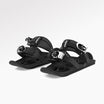
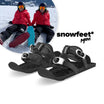
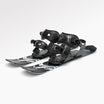
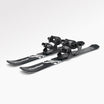

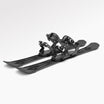

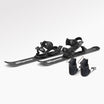






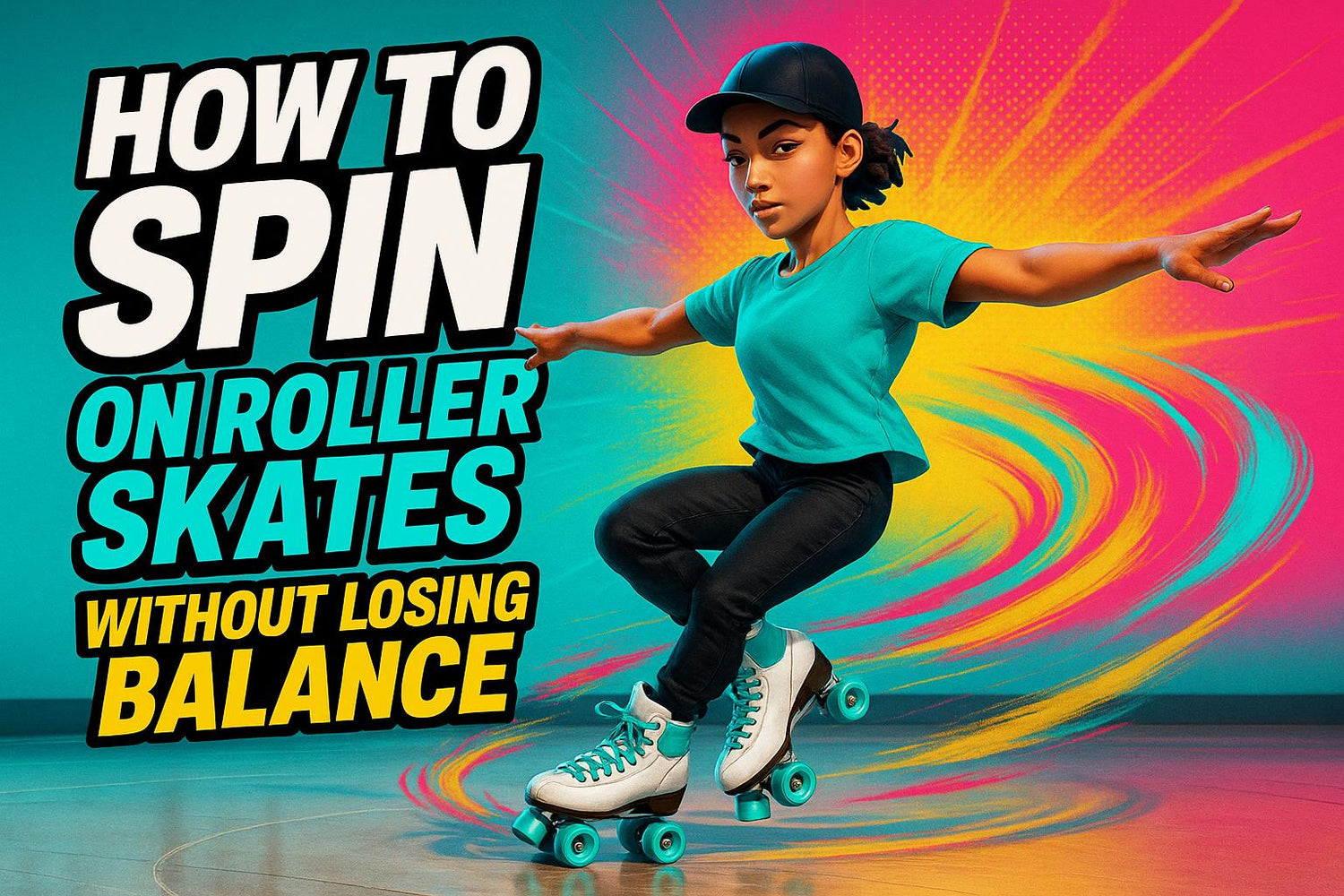
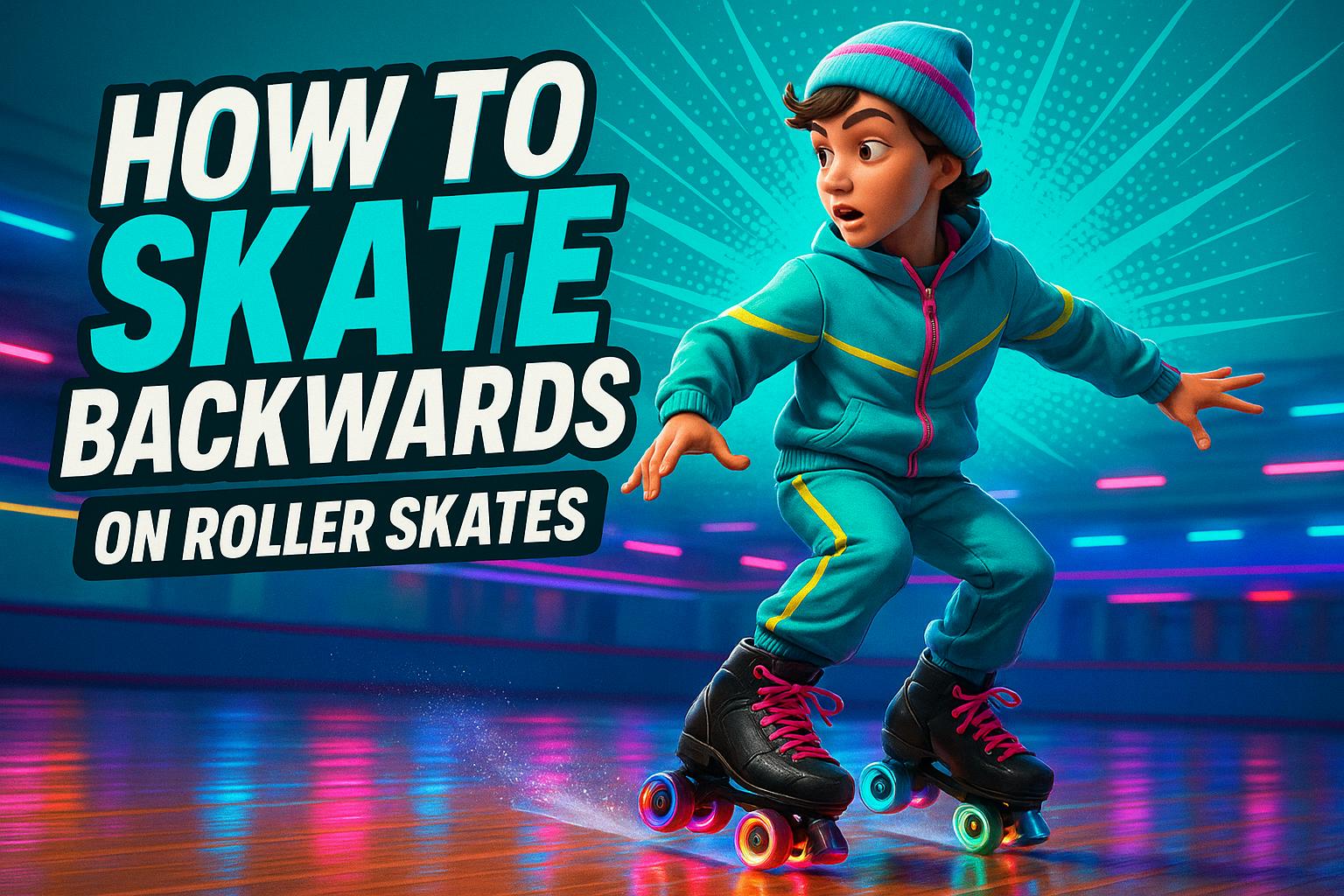





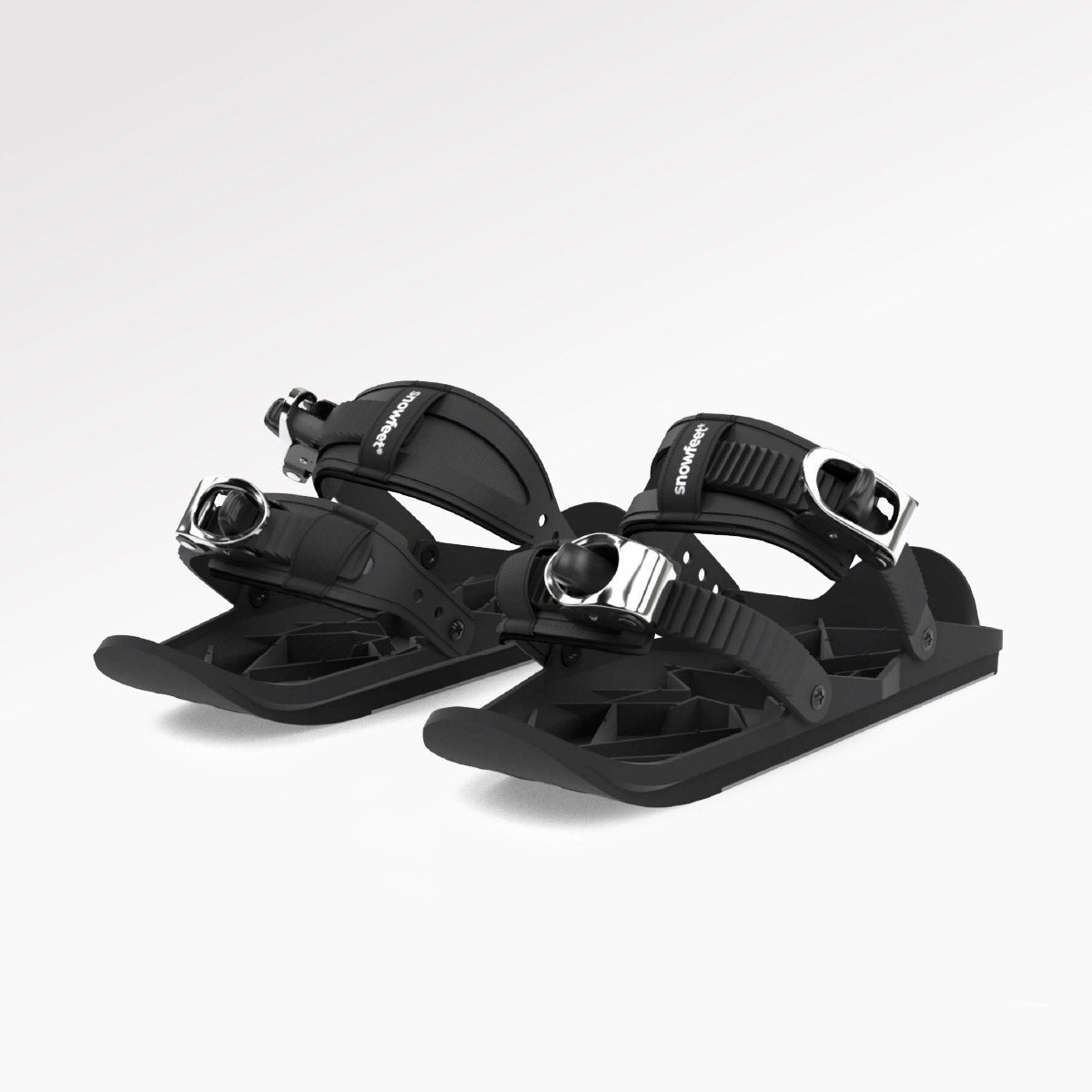
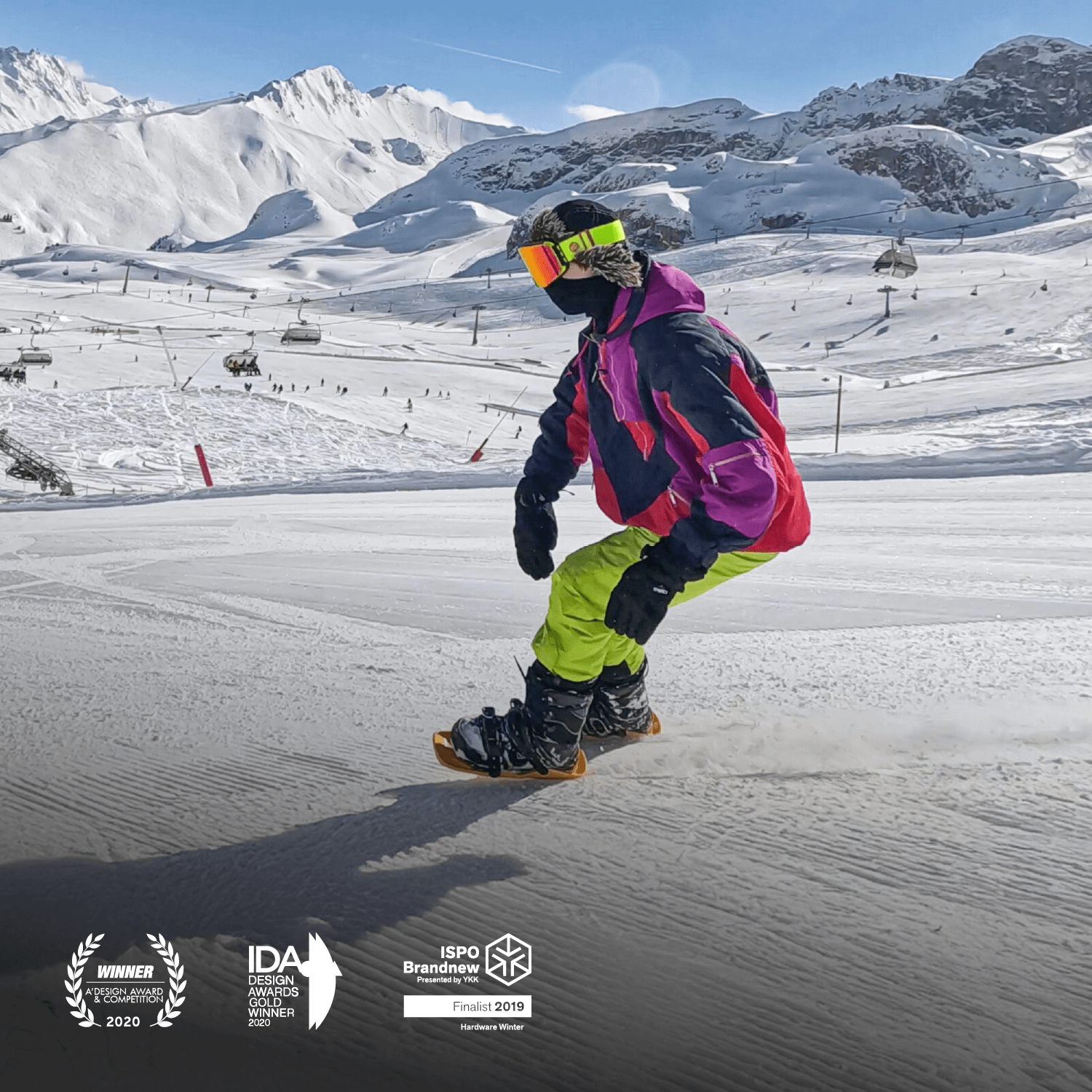
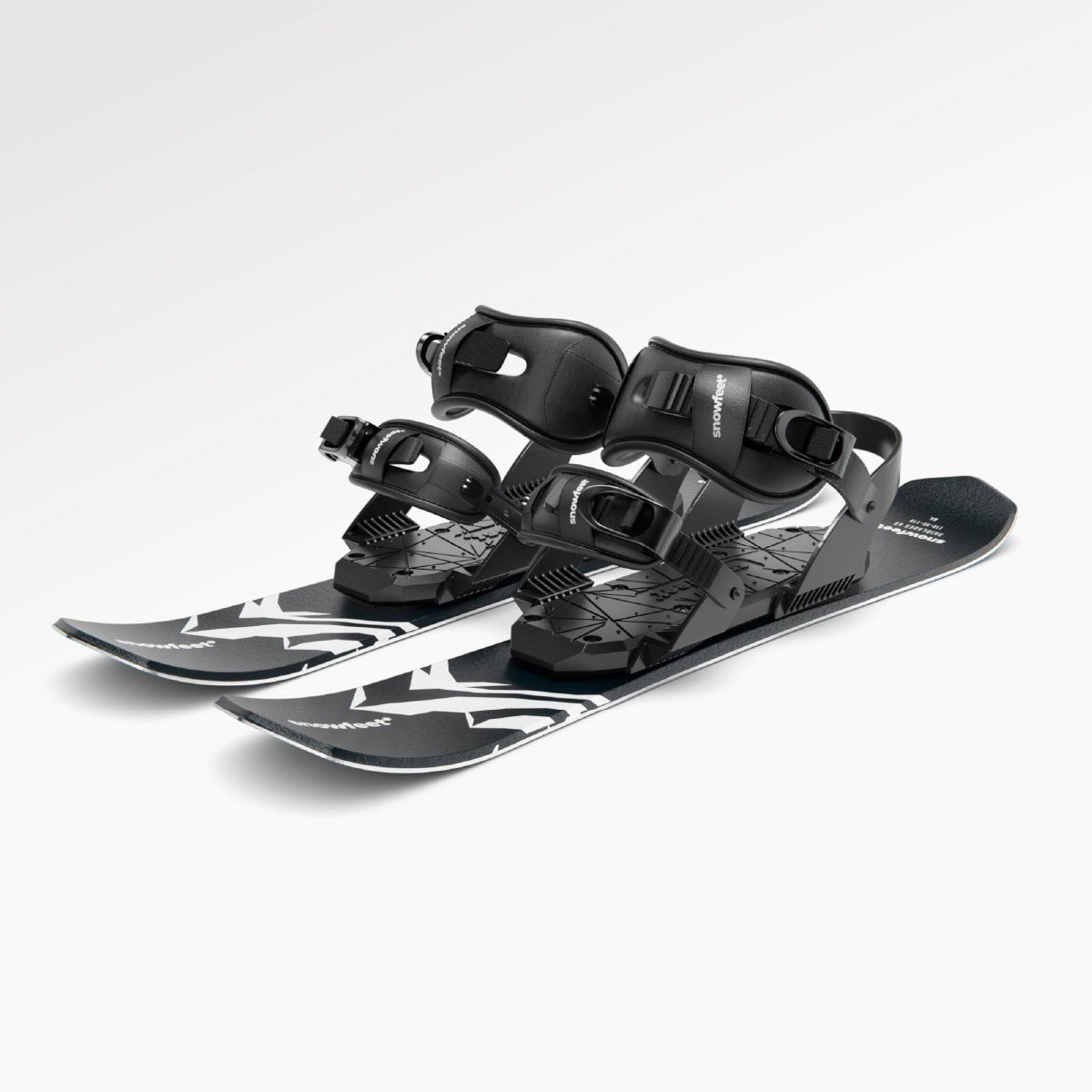

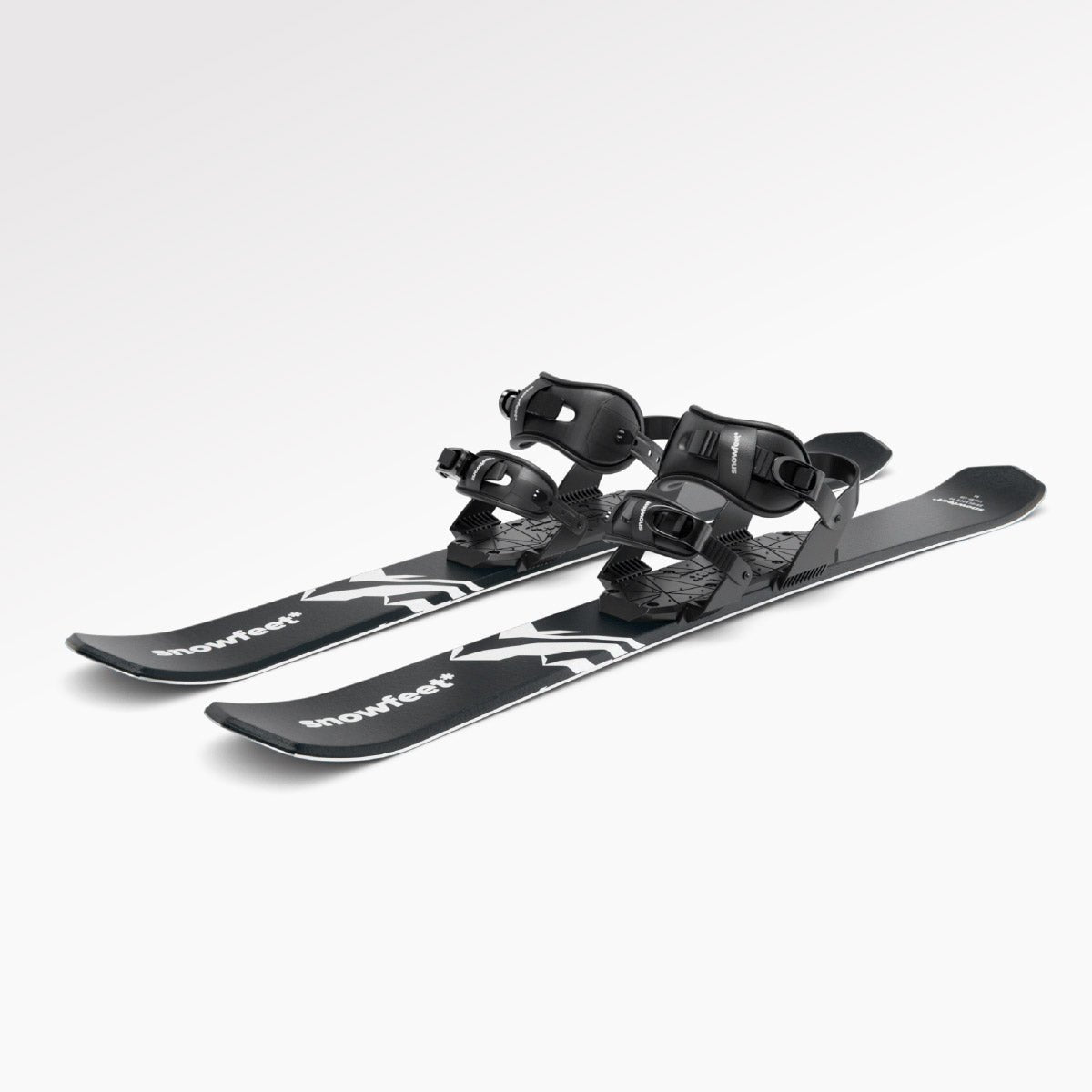

Legg igjen en kommentar
This site is protected by hCaptcha and the hCaptcha Privacy Policy and Terms of Service apply.